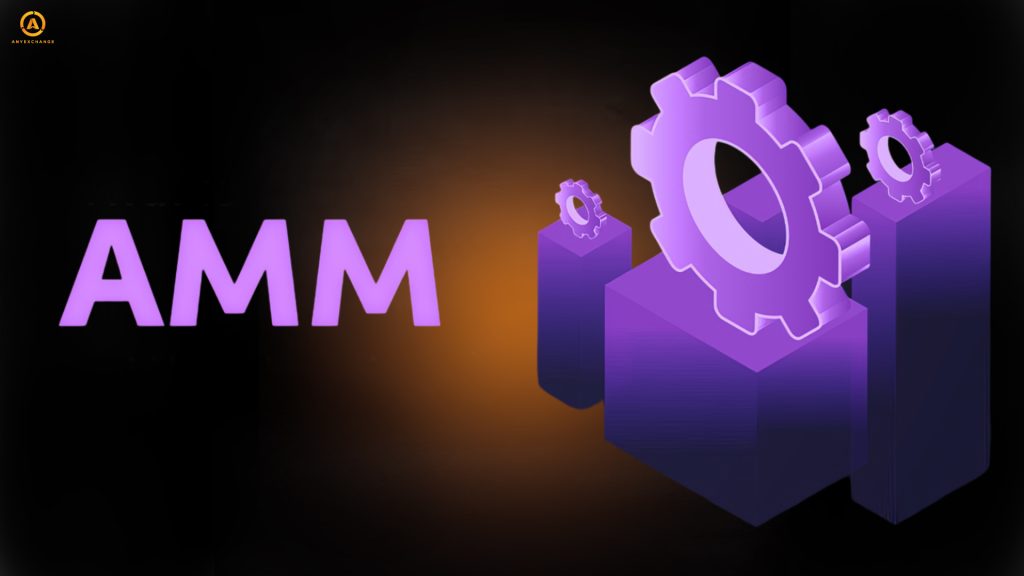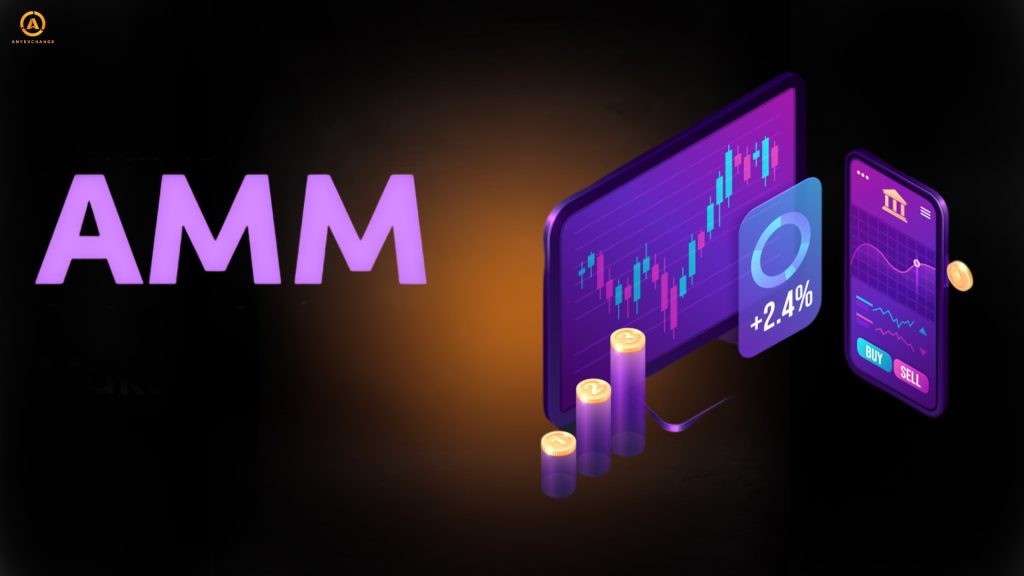
Liquidity is a key indicator in the economy and the second most important criterion for evaluating cryptocurrencies after capitalization. It indicates how quickly and at what price an asset can be sold. And market development is always associated with the search for optimal ways to maintain, preserve and increase liquidity.
In particular, the concept of concentrated liquidity aims to increase the efficiency of investors’ investments by placing funds during periods of maximum trading activity and optimal price ranges, thereby significantly increasing profitability and reducing risk.
Liquidity in traditional trading has traditionally been supported by market makers — professional market participants who trade a particular asset within a specified price range and volume. Market makers are a very important link in the trading chain: supply and demand, liquidity and reducing the risk of price spikes by controlling the spread (difference between bid and ask prices) depend on them. Market makers act as direct participants in transactions on both exchange and over-the-counter markets. They may maintain quotes on both the buy and sell sides, earning their profit in the form of commissions from trading operations or remuneration from the exchange. Their activity may be manipulative, but it is difficult to track.
However, in a classical financial market, a market maker is a person or a group of people who monitor the exchange stack (order book for buying and selling assets), regulate supply and demand by placing orders, and thus provide liquidity.
AMM. The essence of the concept
The Automatic Market Maker (AMM) is a decentralized version of the order book that performs the same function of stimulating liquidity as a traditional market maker, but without the involvement of an intermediary in the form of an individual or a firm.
A key element of DeFi and decentralized exchange protocols, AMM is an algorithmic systеm for matching trades and controlling liquidity based on mathematical principles. With automated market makers, DEX users can trade cryptocurrencies directly without the need for a third party or the need to coordinate intermediate steps with the exchange itself.
The AMM performs most of the functions traditionally performed by a human: comparing transactions, monitoring supply and demand, and drawing conclusions about whether the proposed transaction is consistent with current liquidity conditions.
AMM functionality is based on peer-to-peer (P2C) contracting, where transactions are executed between users and smart contracts. AMM significantly optimizes trading processes and improves speed and security by leveraging blockchain technology.
History of AMM 

AMM began in the early 1990s when financial giant Lehman Brothers implemented its prototypes into its business processes. Then they were significantly modernized with the development of the cryptocurrency segment, and the tool gained real popularity with the launch of Uniswap. Last year, it began to be implemented in second-layer solutions (sidechain Polygon launched AMM in the form of Uniswap V3).
Unlike centralized exchanges, where liquidity providers are financial institutions and professional traders, AMMs provide a more flexible and instantaneous trading environment, which is critical in highly volatile markets like cryptocurrency. This transformative impact of AMMs has served as one of the cornerstones of the entire DeFi ecosystem, setting the stage for a more efficient and accessible trading experience.
Prior to the advent of systems AMMs, exchange order books were maintained manually, resulting in low responsiveness and delays in real time price information. This, in turn, had a negative impact on the accuracy of transactions and created a suspicious attitude towards market makers (they were often accused of deliberate manipulation).
AMM successfully solves all the problems related to the human factor and takes funds from liquidity pools, which in the case of using automated market makers perform the functions of the order book.
Pools and Liquidity Providers

On crypto exchanges that operate AMM models, liquidity pools must first be replenished for both cryptocurrencies involved in a trading pair. The replenishment is done by users who wish to earn income on their deposit in this pool. In this case, the investor or trader acts as a liquidity provider and his profit is formed at the expense of trading commissions and in proportion to the investment. Thus, by contributing to the overall availability of certain tokens on DEX, liquidity providers form liquidity pools.
Reduced liquidity negatively affects the efficiency of DEX and increases the risk of price slippage (a significant discrepancy between the expected and actual transaction price). Crypto exchanges are always interested in increasing liquidity, so they incentivize investors with DeFi revenue farming programs, voting rights and other bonuses. For example, as an incentive, DEX can automatically generate LP tokens (Liquidity Pool Tokens) that are credited to the liquidity provider when assets are deposited into the pool. These tokens represent the user’s share of the pool and can be used as a source of additional revenue. For example, SushiSwap provides the ability to stake LP tokens and receive SUSHI tokens as a reward.
AMM Models
There are different types of AMM models, depending on the mathematical formulas used in the algorithms to maintain the integrity of the liquidity pool composed of a particular trading pair. As DEX evolves, there are three main AMM models that are the most popular in the market today:
For all three types, there is no 100% guarantee against slippage, and developers are still working on a solution. Some projects, notably Balancer, use combinations of several models and are therefore known as hybrid AMMs. Another example of a hybrid AMM is Curve, which uses a combination of CPMMs and CSMMs to manage stablecoin trades. Today, the combinatorial approach to AMM is considered optimal for subsequent innovations and is the basis upon which more advanced solutions are developed.
Benefits of AMM

Impermanent losses
Speaking about the risks of using AMM, experts draw attention to the presence of the problem of impermanent losses for liquidity providers. It is an inevitable consequence of the peculiarities of automated liquidity markets and manifests itself when one of the assets of a pair significantly increases or decreases in price. When an investor provides liquidity, he effectively creates a pair of assets that can be exchanged at the current price. However, if the price of one of the assets in the pair changes significantly, the exchange rate will adjust accordingly, resulting in a mismatch of the original balance. In such a case, the investor loses part of the original value of the asset when leaving the liquidity pool. That is, it would be more profitable for him not to provide liquidity to the pool. Experts suggest the following preventive methods of dealing with unpredictable losses:
Trends and Forecasts
Automated market makers are currently in the process of testing and developing optimal solutions. Even the most popular models, such as Uniswap, Curve and Balancer, are far from ideal: they have certain limitations and may involve certain risks. However, due to the important role that AMMs play in the DeFi market, development in this area is not slowing down and the market expects more and more efficient tools to be created.
AMMs are one of the drivers of the distributed finance segment and have had a significant impact on its development. The availability of automated market makers has increased the demand for cryptocurrencies and DeFi tools in general. So we can expect to see innovative solutions for AMM in the near future.
Thank you for your attention. Stay tuned for the latest trends and innovations in cryptocurrencies, DeFi and blockchain technologies!
AnyExchange is a cryptocurrency exchanger that has been successfully operating on the international financial market for more than 5 years. On our platform you can exchange digital assets quickly, safely and at the most favorable rate. Through our platform you can also make money transfers all over the world.






